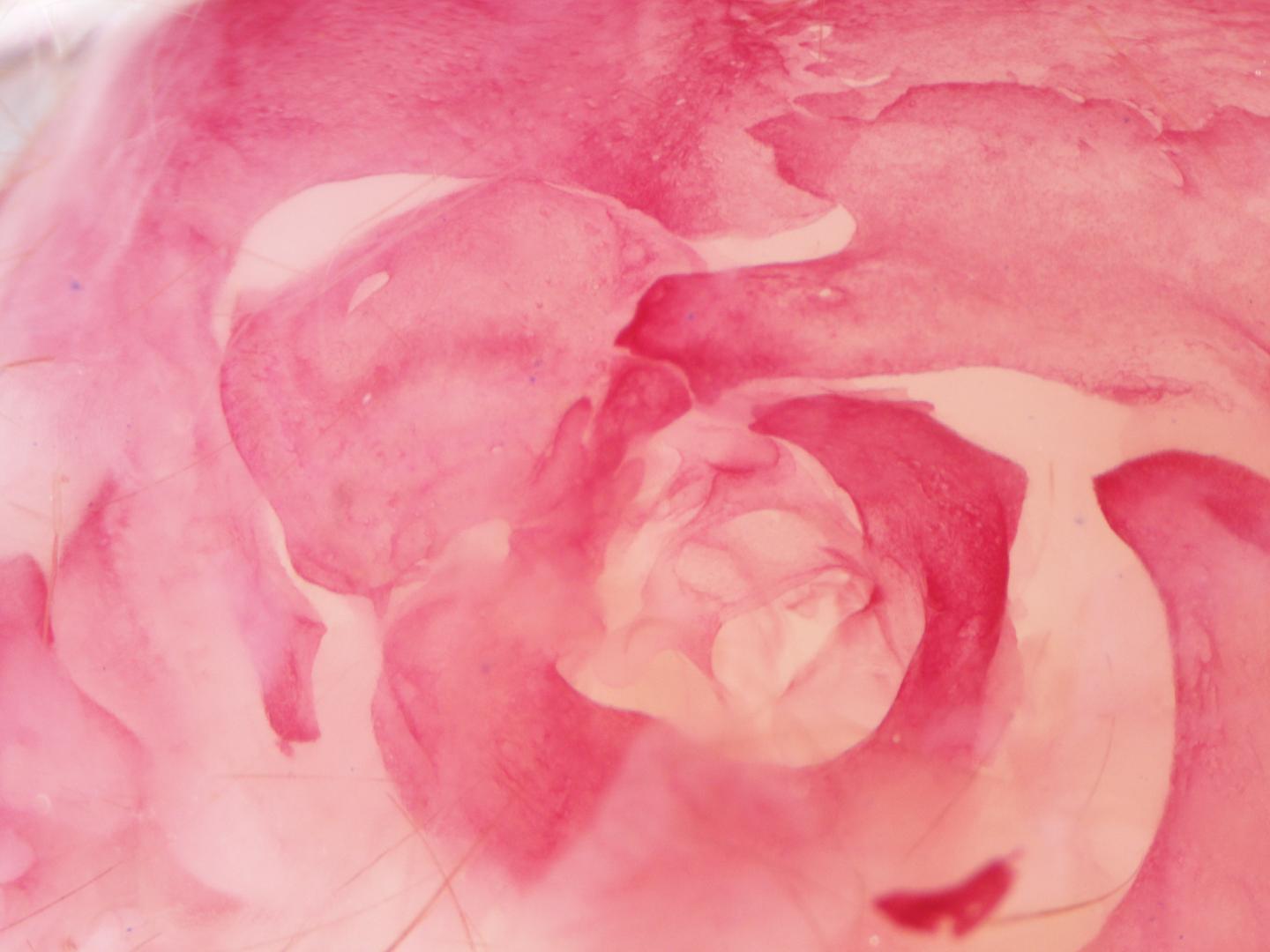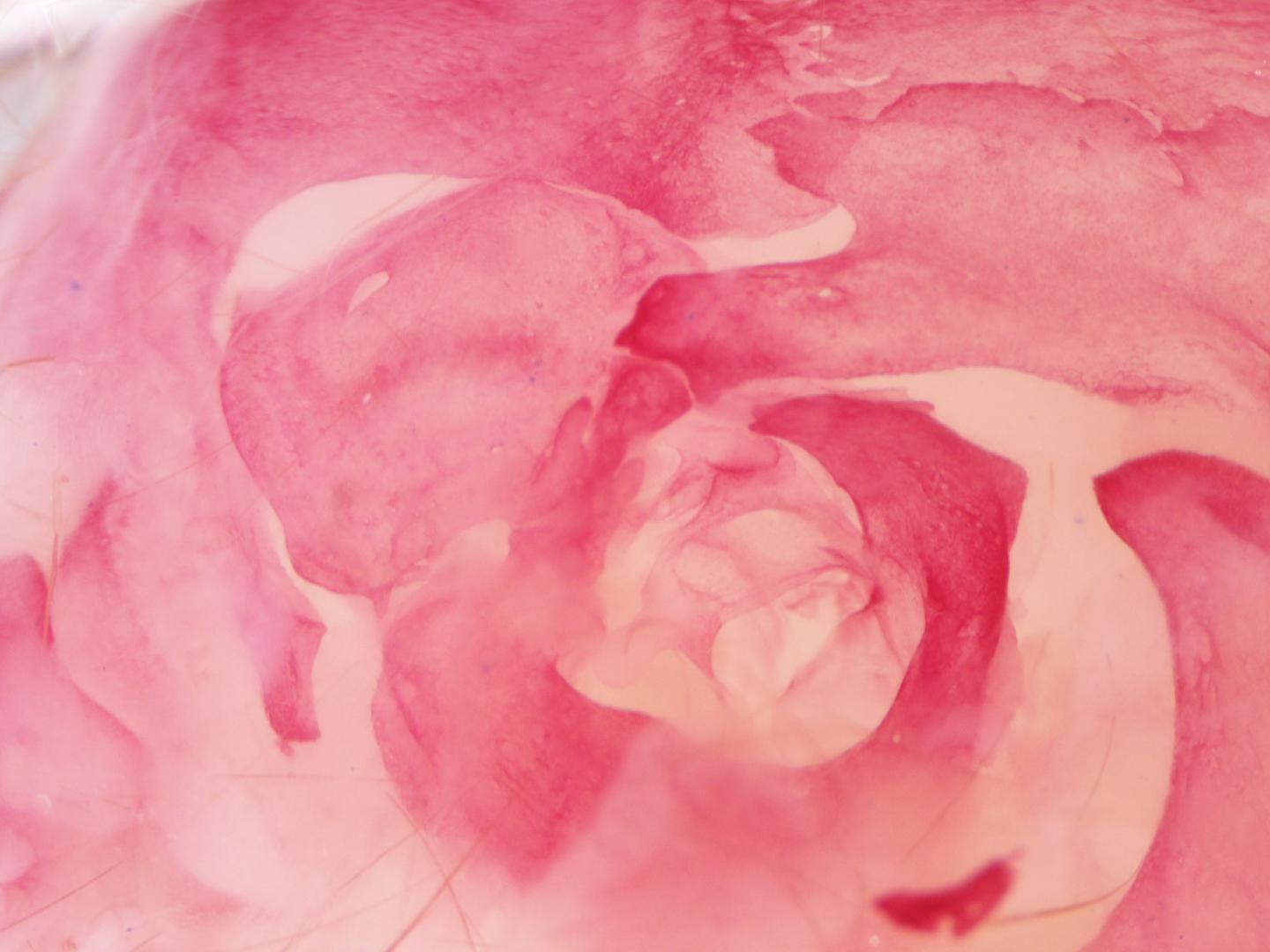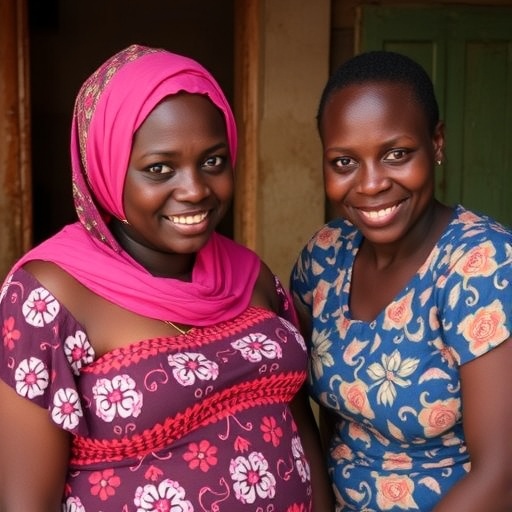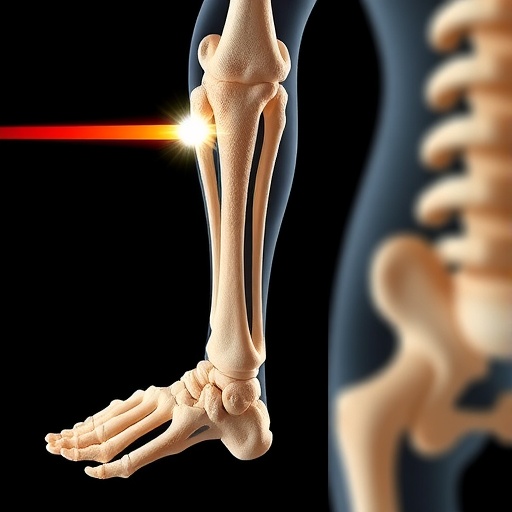
Credit: Camila Teng/Gage Crump Lab
Can a fish with a malformed jaw tell us something about hearing loss in mice and humans? The answer is yes, according to a new publication in Scientific Reports.
In one of the fascinating twists of evolution, the structures supporting the jaws of ancestral fish gave rise to three tiny bones in the mammalian middle ear: the malleus, incus, and the stapes, which transmit sound vibrations. Therefore, if a genetic change causes a jaw malformation in a fish, an equivalent genetic change could trigger hearing defects in mice and humans.
To test this prediction, first author and PhD student Camilla Teng brought together colleagues in the USC Stem Cell laboratories of Gage Crump, Rob Maxson and Neil Segil with clinical experts in radiology, audiology and genetics at the Keck School of Medicine of USC and Children's Hospital Los Angeles (CHLA).
Together, they studied two genes–JAG1 and NOTCH2–that are mutated in most patients with Alagille Syndrome (AGS). In nearly half of patients, AGS involves hearing loss–in addition to liver, eye, heart and skeletal defects. While some of this is sensorineural hearing loss resulting from deficits in the sensory cells of the inner ear, the researchers also wondered about the contribution of what is known as conductive hearing loss, involving structural components of the middle ear such as the vibrating bones.
Knowing that the equivalent genetic mutations caused jaw malformations in zebrafish, the researchers introduced the mutations into mice and observed defects in both the incus and stapes bones, and corresponding hearing loss.
They then attended Alagille Alliance meetings in 2011 and 2014 and performed hearing tests on 44 patients to determine if their hearing loss was conductive, sensorineural or mixed. As their findings in zebrafish and mice predicted, conductive hearing loss was the most common type–affecting nearly one-third of all ears.
CT scans of five AGS patients revealed a much more complicated picture: a surprising diversity of structural defects in the middle ear with variable effects on hearing. Only one of the five patients had a stapes defect specifically associated with conductive hearing loss.
"Our study highlights a mostly overlooked phenotype of Alagille Syndrome," said Teng. "If patients are aware of possible conductive hearing loss earlier in life, then they can more promptly seek medical aids for an improved quality of life."
###
Additional co-authors include: Hai-Yun Yen, Lindsey Barske, Juan Llamas, and John Go from the Keck School; and Bea Smith and Pedro A. Sanchez-Lara from CHLA.
Fifty percent of this project was supported by $400,000 of federal funding from the National Institutes of Health (grants/fellowship DE018405, DE024031, DE016320 and DC009975), and the other 50 percent by $400,000 of private funding from the March of Dimes. Barske received a fellowship from the A.P. Giannini Foundation.
Media Contact
Zen Vuong
[email protected]
213-300-1381
@keckmedusc
############
Story Source: Materials provided by Scienmag





